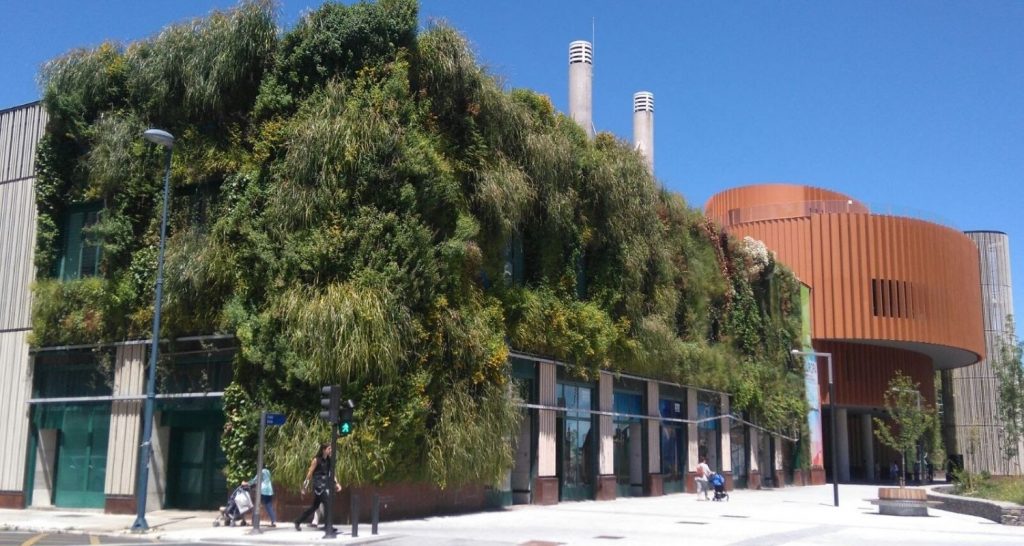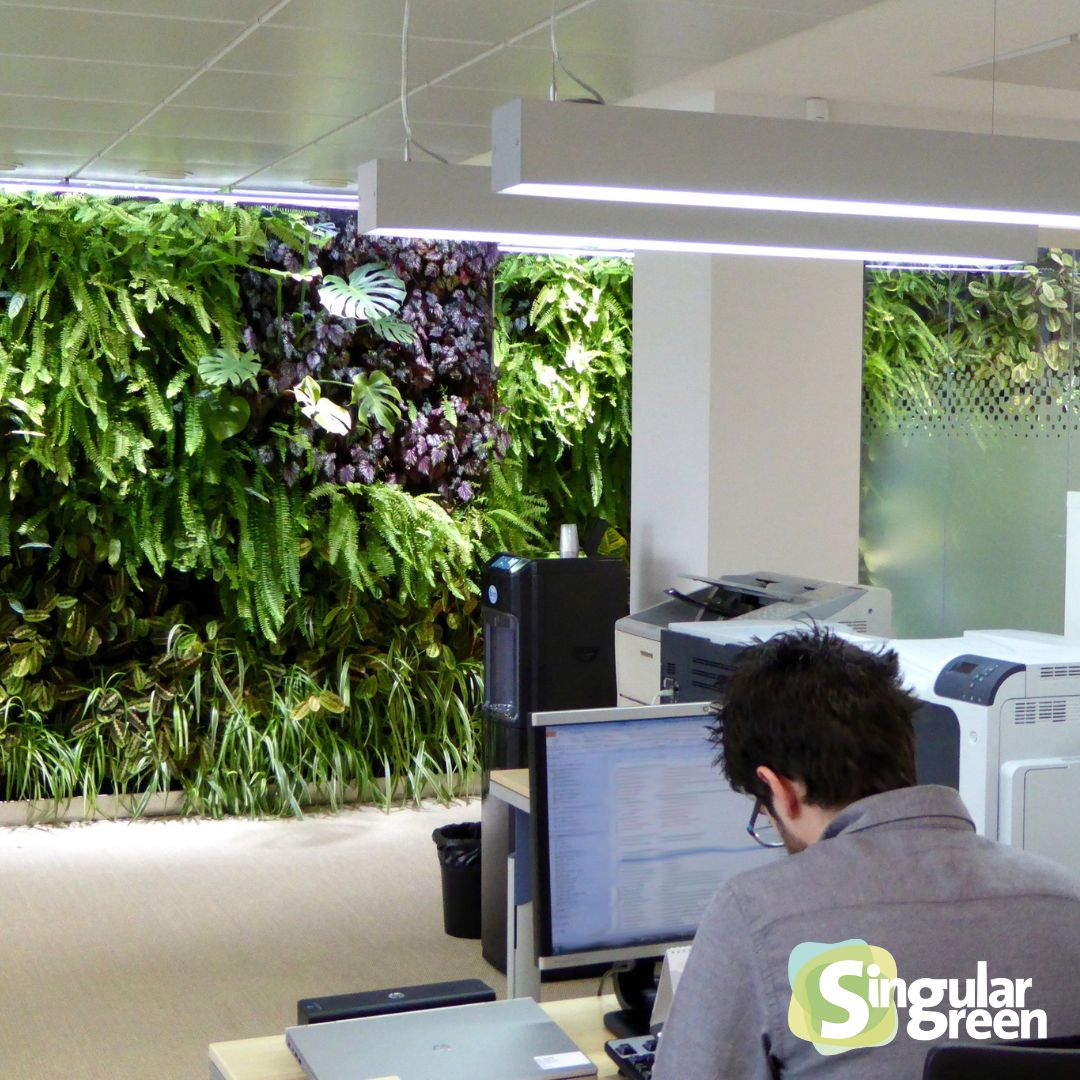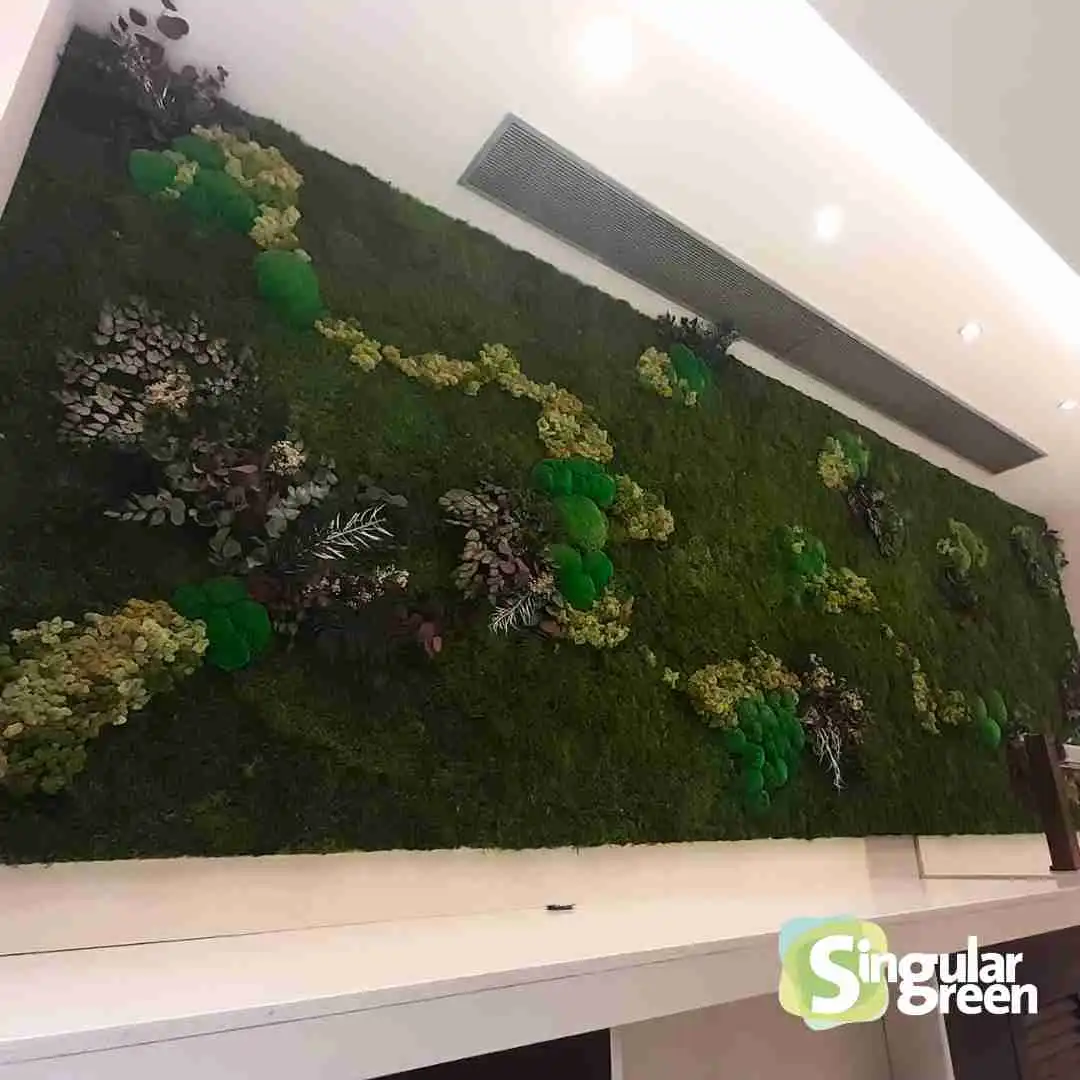Knowing the pool purification options available in the market and how each of them works is important to make a good choice.
Purifying a pool refers to any water treatment, of any type, aimed at reducing or eliminating contamination to achieve safe swimming conditions.
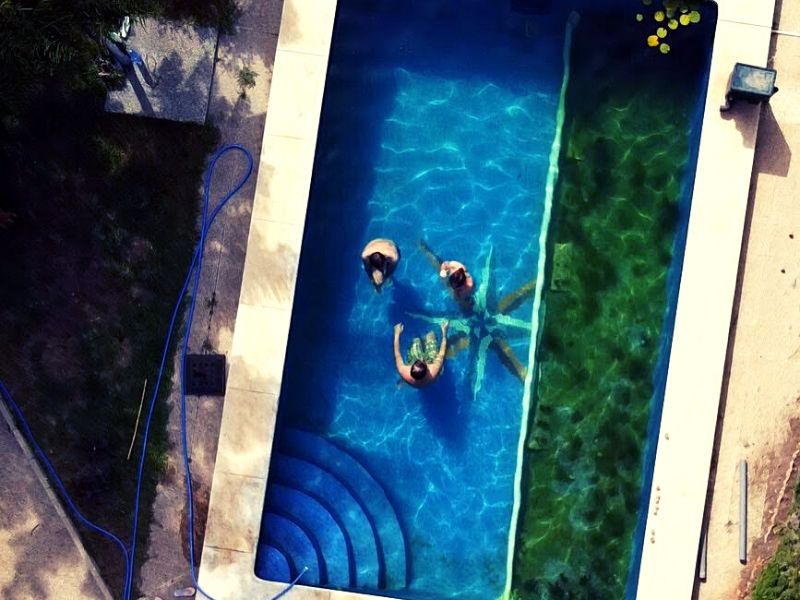
But have you stopped to analyze…
Why is it necessary to purify a pool?
In any pool, leaves, insects, and skin flakes fall into the water. All this organic matter decomposes and generates ammonia and nitrite.
The accumulation of these compounds provides food for algae that grow and die, generating more organic matter and more ammonia and nitrite, nutrients that feed the spiral of biomass generation, known as eutrophication.
At this point, the proliferation of these unicellular algae causes us to lose the first parameter of quality, water transparency.
But this is not a parameter that affects our health. Although it is not desirable to swim in turbid water, we could do it without risk to our health.
The problem is that this turbidity further favors the continuation of eutrophication.
When the amount of organic matter in the pool increases even more, pathogenic organisms (Escherichia coli, Pseudomonas aeruginosa, and Legionella spp.) appear, which are the real problem since they are harmful to health.
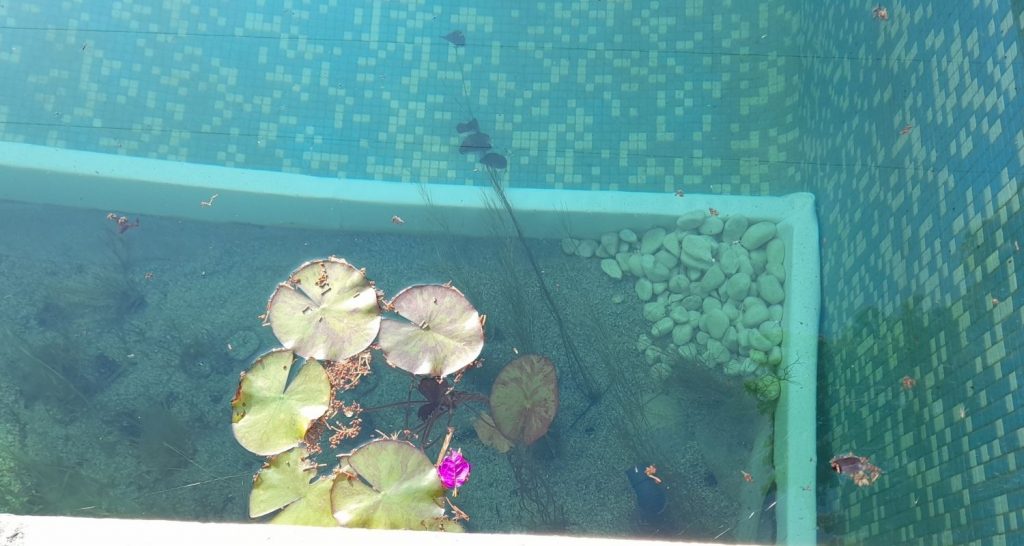
Mechanical Purification vs Chemical Purification Functions in Pools
The first thing we need to know and distinguish in the pool purification system is between mechanical and “chemical” purification.
The function of each of them is important (in many cases essential) for that desired water quality, and in the following video, Jordi explains how and why each one is carried out.
Mechanical or physical purification
Its main function is to remove organic matter of variable size.
Commonly known as the pool purifier, it is generally centralized in a shed and is composed of the elements in this shed and the various elements included in the pool; suction devices (skimmers) and impellers, as well as the pool cleaner and usually the drain or bottom outlet.
This system of ducts is centralized and connected in this space to a pump and a filter (filled with sand or glass).
In addition to these elements that will perform mechanical purification, we can place others in this enclosure, whether to improve this function or others, such as a heat pump to heat the water.
The pump should be turned on, and the purification time (which we must have this system running) depends on the volume of water to be purified, the state of the water, and the pump’s characteristics and specifications.
To obtain the desired water quality with this exclusive mechanical purification would not be enough.
Chemical Purification
This type of purification in pools is key to ensuring that there are no pathogens.
In addition, this purification will be responsible for achieving that desired transparency with which we will achieve that crystalline and “clean” water suitable for swimming.
Comparison of Chemical Pool Purification Systems
Chemical purification of a pool is any process that cleans the pool water and keeps it in perfect conditions for swimming.
This “chemical” purification does not have a single way of being done. In fact, new methods have appeared during the last decades, and those that existed have evolved.
These new systems seek, above all, to guarantee water quality and transparency with minimal maintenance and cost.
Next, you have a brief description of each of the most widespread forms today, ordered from the oldest to the newest, or if you prefer, Jordi explains it to you in the following video:
Pool Purification with Chlorine
The traditionally most used method is to add chlorine directly to the pool, either in tablets or liquid form.
Pool chlorine is usually formulated and enhanced, and in addition to the disinfectant action of chlorine, it may have a clarifying, algicidal, pH regulating, or anti-scale action.
What does chlorine do in pool water?
Its function is continuous disinfection that eliminates bacteria from the water, destroys algae, and eliminates water turbidity.
In addition to the above, what chlorine does is increase the redox potential and literally kill everything.
The main problem with this chemical purification system with chlorine
Chlorine reacts with organic compounds producing chloramines, which are carcinogenic, or it produces methane, from which chloroform comes (that thing used in spy movies to put people to sleep).
You will need to do a weekly check of the pH and correct it if it is above or below the appropriate pH (which is between 7.2 and 7.6).
Automatic chlorine dosing
If we don’t want to do this manually, then we have chlorine dosing.
We have a pump that automatically doses chlorine into the pool based on the pool’s needs. And also, we have a pH pump that regulates it to 7.4 (which is the optimal pH for chlorine).
Saltwater chlorination
If we want to use the minimum amount of chlorine, we can use saltwater chlorination.
What is saltwater chlorination?
A salt chlorinator is a device that transforms salt into chlorine through a natural process called electrolysis. For this, instead of chlorine, we will need salt as a chemical element.
The first mistake that many people make is “thinking that by installing a salt chlorinator, there will be no chlorine in the pool.”
What we don’t have is as much chlorine buildup, as the salt chlorinator only produces chlorine while it’s running.
The second mistake is thinking that with the salt chlorinator, I need fewer hours of the filter pump running.
The salt chlorinator only starts working when the filter pump is running, which is when it produces chlorine, and the hours we need will vary depending on the water temperature and the number of swimmers, but it is recommended to be at least 8 hours per day.
Copper-silver ionization system
Copper and silver ions provided in small quantities destroy microorganisms present in the water, including protozoa resistant to chlorine. Its use has also been extended from pools to cooling towers and potable water tanks.
By means of an electrode, copper and silver are introduced into the pool. Copper reacts with the DNA of cells and silver reacts with the cell membranes, destroying microscopic living beings.
The main problem with this system
Both copper and silver are heavy metals, and this generates a series of harmful effects on the food chain and on people. Many of them are not yet studied.
It should also be remembered that the use of copper-silver ionization, although it represents a significant saving of chlorine, does not eliminate it completely.
Disinfection of swimming pools with ozone
Ozone, whether used alone or in combination with other systems, has become very popular for the disinfection of water in swimming pools, spas, and hot tubs.
Ozone is a very effective disinfectant and, like chlorine, works by increasing the redox potential and oxidizing everything.
However, unlike chlorine, ozone does not have the harmful side effects of creating chloramines and carcinogenic elements or chloroform, as previously discussed.
Since ozone decomposes into oxygen and does not generate any residue in the water, using ozone for water treatment or disinfection is environmentally harmless.
Ultraviolet filtration as a support system for others
Finally, we have ultraviolet filtration, which, as its name suggests, works by passing all the water in the pool through a filter. Ultraviolet rays are responsible for destroying any living organisms that pass through the filter, including algae and bacteria, and keeping the water clear.
However, these filters alone are not sufficient for purifying a pool. They are usually used in combination with salt chlorination, chlorine or silver applications, and ozone.
Natural pool purification system (filter + plants)
Precisely because of the harmful effects of all the previous filtration systems, at SingularGreen we want to promote natural purification systems, which are currently the only ones that guarantee water quality without any harmful effects on people
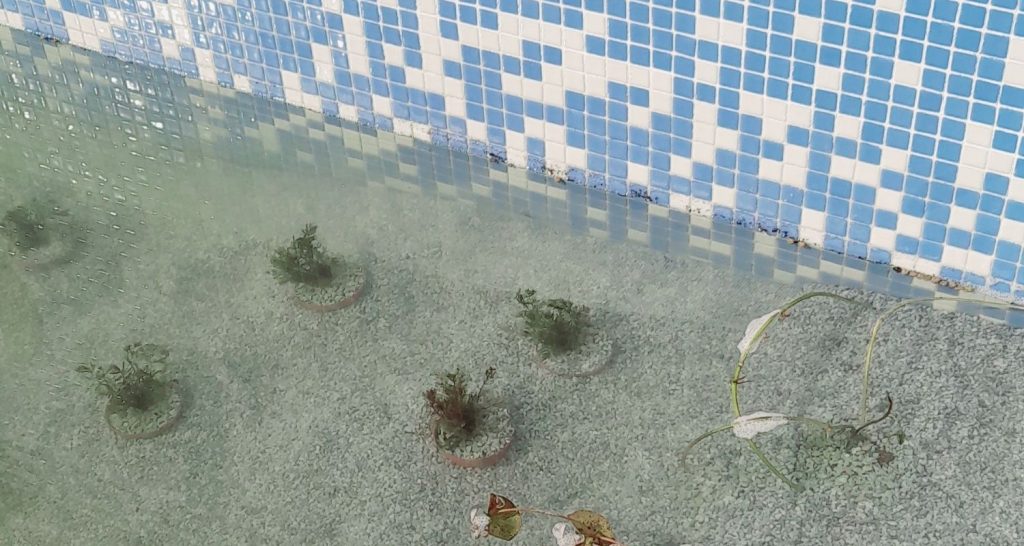
Natural vs Chemical Pool Filtration
The first thing to know is that not using chlorine directly does not make a pool an ecological pool. For example, saltwater pools are not ecological pools, as the salt is transformed into chlorine. The same is true for silver ion pools or pools that use ultraviolet filters.
According to the definition given by the Naturalized Bathing Waters Association, a natural pool excludes any elements that destroy the biodiversity of the water.
But speaking of water quality, which one has more guarantees?
If we compare the water quality of a natural pool with that of a conventional pool, in most parameters, the natural pool outperforms any other system used.
Simply put, in a conventional pool (whether using chlorine or the systems we have already seen in the previous section), certain pathogens are eliminated or organic matter in the water is oxidized. This prevents bacteria from growing in that organic matter, but the amount of nitrogen, phosphorus, potassium, and nutrients in the water remains there.
PHOSPHORUS
If we measure the water quality of a conventional pool, we will see that, for example, the amount of phosphorus is over 500 parts per million, while in a natural pool, the amount of phosphorus is less than 10.
In a conventional pool, all of this organic matter is oxidized, so it is not harmful, but when we bathe, that water enters through the orifices and, when it loses its oxidation, it can cause ear and urinary infections.
In contrast, in a natural pool, this does not happen since the amount of organic matter in the water is practically zero.
PSEUDOMONAS Y ESCHERICHIA COLI
Regarding Pseudomonas and Escherichia coli, which are bacteria that appear in anoxia (lack of oxygen), in a conventional pool, as long as we have the correct amount of chlorine, it is impossible for them to arise because we have completely oxidized the medium.
In a natural purification system, as long as we implement a system that guarantees the oxygenation of the medium, it is impossible for this type of bacteria to arise, and this becomes more delicate as the water reaches a certain temperature.
The best option for pool purification
Traditionally, water transparency in pools has been achieved with chemical products (chlorine, bromine, hydrogen peroxide, etc.) that oxidize and kill any form of life that may appear in the water.
It is an effective way to keep any pathogen away, but in terms of bathing water quality, these methods leave much to be desired.
What happens to a conventional pool when we stop using chlorine or the filters break down and why? You already know the reason…
If you want to know more about natural pools, take a look at our SingularBlue system.




